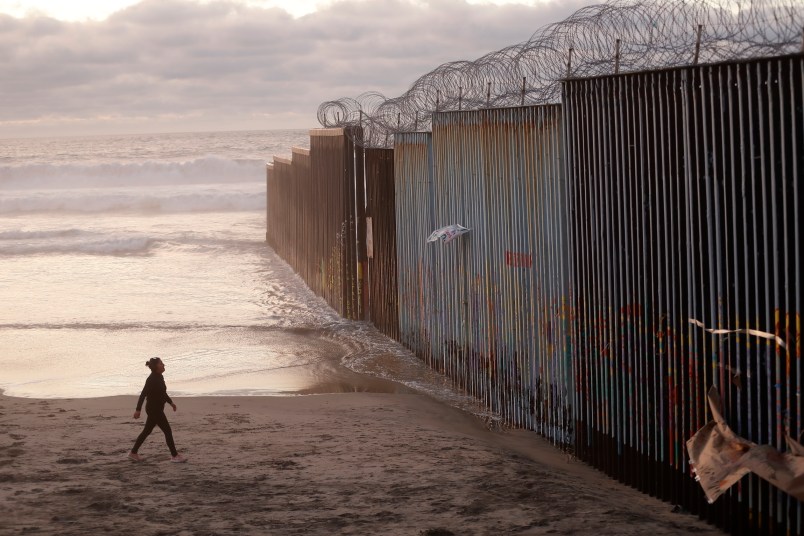WASHINGTON (AP) — Top defense leaders are expected to get a barrage of questions when they face worried lawmakers on Capitol Hill for the first time since the Pentagon spelled out the military construction projects that could lose funding this year to pay for President Donald Trump’s border wall.
A number of Congress members have already expressed unhappiness with Pentagon plans that could divert funding from as many as 150 projects, totaling more than $4.3 billion, across the country and the world.
Acting Defense Secretary Patrick Shanahan is slated to testify Tuesday at a House Armed Services Committee hearing along with Gen. Joseph Dunford, chairman of the Joint Chiefs of Staff. Early last week Shanahan sent Congress a detailed list of projects that could be tapped.
Defense officials have repeatedly said that any projects that lose funding this year could be refunded next year. But some lawmakers have said they oppose any use of military construction money for barriers along the U.S.-Mexico border.
Both the House and Senate voted to overturn Trump’s declaration of a national emergency to use construction money to fund the wall. Trump vetoed that bill.
A number of lawmakers also objected to the Pentagon’s assumption that Congress would simply refund the affected projects next year, calling it a political maneuver to get Congress to pay for the wall.
“We take our oversight role very seriously, and will act as necessary to defend Congress’ constitutional prerogatives in this matter,” said Rep. Adam Smith, D-Wash., the chairman of the House panel. He said the committee looks forward to hearing Shanahan explain “how he intends to pilfer the military construction accounts, circumvent the intended nature of the law, while simultaneously abusing the trust of the American people.”
Other lawmakers, such as the entire New Jersey congressional delegation, have written to Shanahan to defend the projects in their state. In their letter, they told Shanahan that they “adamantly oppose” diverting any money for a border barrier, adding that Congress, not the executive branch, has the power to appropriate funds for specific projects.
A plan to spend $41 million at the Picatinny Arsenal’s munitions disassembly complex in New Jersey is on the list of projects that could be affected.
The list Shanahan sent to the Hill included more than 400 projects worth about $13 billion. But Shanahan has said that any money for military housing or barracks would not be touched, as well as any projects that will have contracts awarded before the end of this fiscal year, Sept. 30. When those projects are removed, about 150 remain.
Shanahan has also said that projects deemed necessary for military readiness or other high priorities will be protected. But those haven’t been identified yet.
On Monday, Army Secretary Mark Esper told The Associated Press that he and other military service leaders will go through the list and work to protect critical projects.
“I will prioritize based on readiness, lethality and things like that,” he said, noting that something like a training complex could be protected if it’s designed to help soldiers face emerging threats from competitors such as Russia and China.
Esper added, however, that there are clearly some projects that could be used.
“I can tell you what’s not a priority. It’s the parking garage, the cemetery,” Esper said, referring to two projects planned at the U.S. Military Academy at West Point in New York.
The garage could be affected, but the cemetery money would not be touched because the contract award date is June, and would therefore be exempt under rules set up by Shanahan.
At least half of the $4.3 billion in vulnerable projects would affect U.S. military bases overseas or in Puerto Rico and Guam. And they include a vast cross-section of facilities, ranging from schools and maintenance facilities to shooting ranges, a cybersecurity center and a military working dog kennel.
Meanwhile, Shanahan has authorized the Army Corps of Engineers to begin planning and building 57 miles of 18-foot-high fencing in Yuma, Arizona, and El Paso, Texas, along the U.S. border with Mexico. The Pentagon says it will divert up to $1 billion to support the Department of Homeland Security and Customs and Border Protection.
The funding would also go toward installing lighting and constructing roads in those areas.



